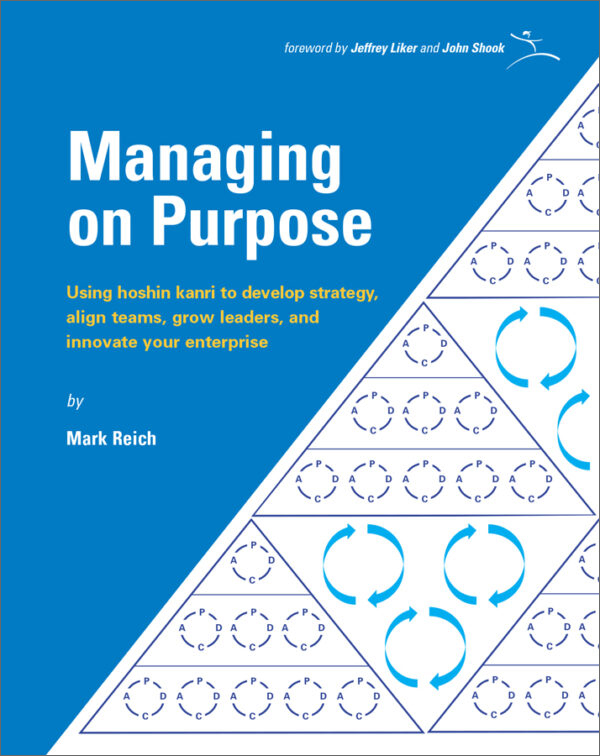This month, an essay by Y Combinator co-founder Paul Graham sparked a debate about how CEOs should operate—founder CEOs, in particular. Graham wrote the essay after hearing Airbnb co-founder and CEO Brian Chesky speak at an event. Chesky is the rare CEO who speaks openly about how he runs his company. He even holds monthly ask-me-anything sessions with employees. Lately, he’s been talking about a change in his “mode” as CEO.
According to Graham, there are in effect two ways to run a company: Founder Mode and Manager Mode. Although Graham says that Founder Mode is yet to be defined, we can infer that it is the default mode for entrepreneurs. It’s being involved in every single detail of the business out of necessity, whereas Manager Mode is only engaging in the business through direct reports. Graham sums this up as hiring good people and getting out of their way.
Lean Manager Mode embodies the best of both Founder Mode and Manager Mode.
The conventional wisdom is that Manager Mode is required to successfully grow a company. Apparently, Chesky used to follow this advice. But here is what he said in a recent interview: “The less hands-on I was, the more I got sucked into problems. And by the time I got sucked into a problem, it was like ten times as much work.” And so, he decided: “I’m going to be involved in every single detail. And Airbnb is not going to do anything more than I can personally focus on.”
In citing Chesky’s experience, including that Airbnb’s free cash flow margin is currently strong, Graham says the conventional wisdom should be reconsidered. Perhaps Chesky should have never pivoted away from Founder Mode. He should have just followed Steve Jobs’s example. But Graham’s argument is undermined by his assumption that there is only one type of Manager Mode, which leads him to a false dichotomy.
LEI founder Jim Womack does not make this assumption. He sees a clear distinction between Modern and Lean Management (click here for a set of slides about Modern vs. Lean Management). In the context of Graham’s essay, these are like two different manager modes. Modern Management is basically what Graham calls Manager Mode. In contrast, Lean Management is something else entirely. Unlike the laissez-faire approach that Graham and Womack criticize, Lean Management builds ownership with everyone through their work.
Lean Manager Mode embodies the best of both Founder Mode and Manager Mode.
In another interview, Chesky gave three reasons why founders can be so effective. Paraphrasing, he said:
- Founders are the “biological parents” of their company. They care for their companies more than anyone else ever could.
- Founders have permission to be more aggressive—to do bigger things more quickly.
- Since they built the organization originally, founders can best take it apart and rebuild it when necessary.
Lean Thinking emphasizes the principle of ownership. Lean Practice, therefore, embodies it. Let’s take the familiar example of Standardized Work (SW). To render the most value out of this Lean tool, team members and their team leader create SW in partnership. Starting with the “voice of the customer,” i.e., takt time, they question every detail of their work to determine the best-known method, along with the supplies needed, to safely and easily produce quality output in time. In doing so, they take ownership for the performance and improvement of their work, thereby fulfilling the purpose of SW. In other words, they become “biological parents,” gaining permission and knowledge to keep making things better.
In the conversation about how CEOs should operate, however, SW is not exactly the most relevant Lean tool. So, let’s look at the major components of a Lean Enterprise Management System. I’m talking about Daily Management for running the business operationally, Hoshin Kanri for innovating the business strategically, and A3 for dealing with operational problems and strategic challenges along the way.
The Strategy A3 is sometimes used to develop a company’s Hoshin or strategic direction. A CEO asks their direct reports—top company leaders—to write Strategy A3s with reflections on the current situation in terms of process, people, management system, etc. Relative to an ideal or a nearer-term target image, leaders define gaps and imagine potential ways to close them. Each leader then creates a proposal for a strategic path forward. And ultimately, through a collaborative process called catchball, the leadership team formulates its Hoshin.
In much the same way as the process for creating SW, this process for developing Hoshin builds ownership among the company’s leaders. The strategy emerged from their individual thinking and team discussions after all. Please note that this process can be used at all levels within an organization. It’s not for top leadership only, which means it can be used to build ownership throughout the company.
I’m sympathetic to Chesky’s desire to avoid “ten times as much work,” and I agree with his choice to abandon Modern Manager Mode. I’m just not convinced by Graham’s argument that Founder Mode is the solution. Well, not on its own, anyway. Instead, I propose Lean Manager Mode, which emphasizes building ownership with everyone through their work. It’s an approach that overcomes Founder Mode’s lack of scalability, not to mention the risks associated with a founder’s fallibility, and avoids the shortcomings of laissez-faire Modern Manager Mode.
What do you think?
P.S. At LEI’s 2025 Lean Summit, with the theme “Leadership for Tomorrow: Fostering Collaboration and Innovation,” we will explore the Lean Enterprise Management System in depth. The Summit will feature business leaders, who will share how they successfully run and continually innovate their organizations based on Lean Thinking and Practice. Click here to learn more and register. I’ll see you there!




